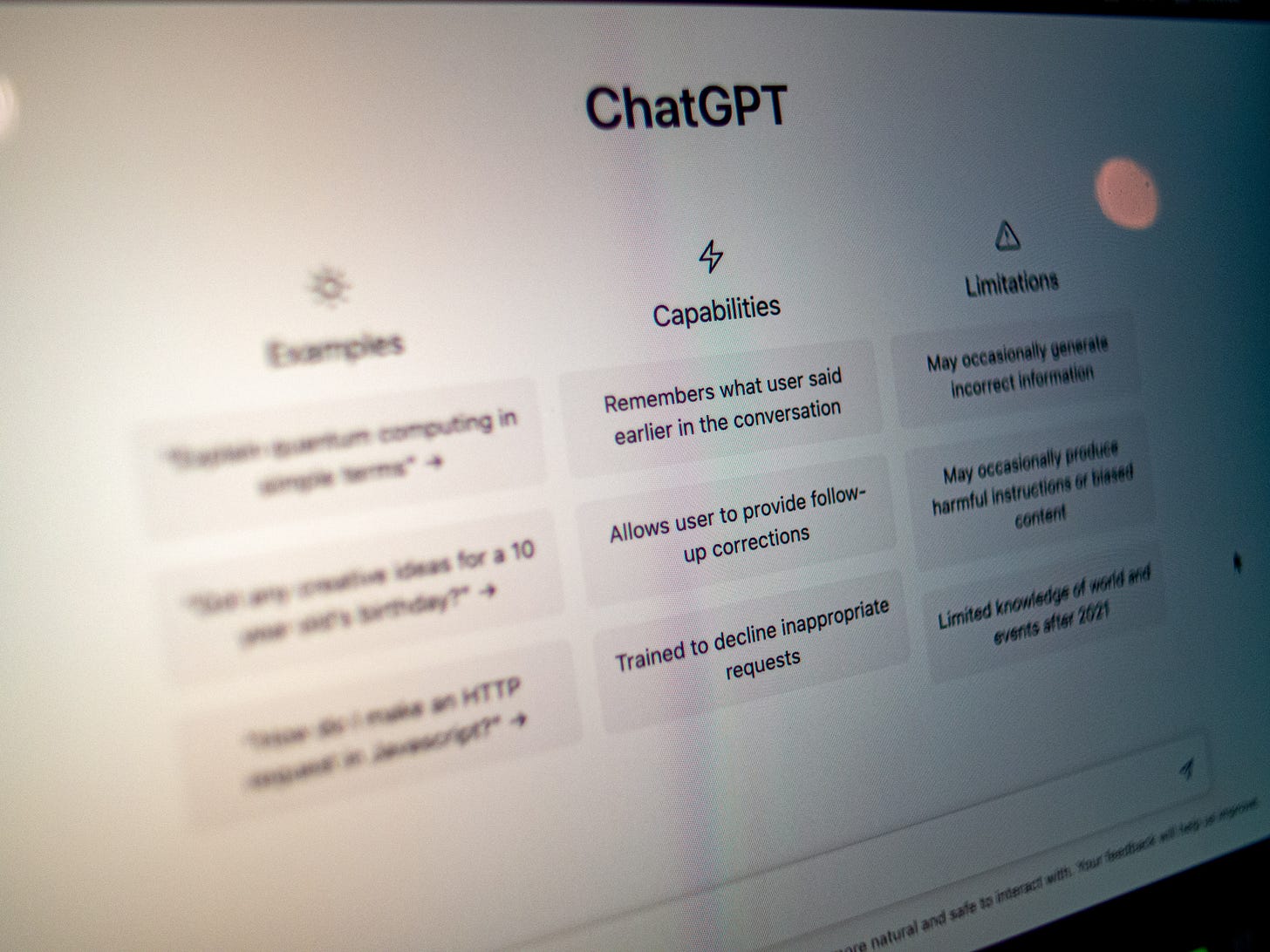It’s mid-April; I’m in Virginia Beach, Virginia, at an annual science conference where students have flown in from all over the country, posterboards and flash drives in hand. This event is hosted at a sprawling brick inn with a peculiar layout: it’s all on one expansive level consisting of a big ballroom with dim chandeliers and a handful of uncomfortably-tiny conference rooms. It also boasts a large kitchen that has produced an assortment of questionable food items (primarily bland chicken) and is crawling with staff who insist we stay away from the grand piano. Every inch of the premise is covered in distinct ornate brown carpet and flowery beige wallpaper. (This is not to insult the inn overly, it did a fine job accommodating the hundreds of students that overran the place).
The morning’s agenda are round-table panel discussions held in the grand ballroom while organizers fill the time between awards and scientists deliberate the presentations they’ve heard. As such, the room is abuzz with the anxiousness of students only in attendance because we were promised disqualification if we didn’t show.
Today’s speakers are more scientists from the military, a subject that has revealed itself as the central motif. At every opportunity, each speaker conveniently highlighted how if we enrolled in this military program, they’d pay all our college tuition and, in exchange, require us to devote just a few years after college to work for one of their labs! Oh, the pride associated with helping your country! You’d probably spend a lifetime here, but that’s what we wanted. We wanted you to join and never leave. (mwahaha 😈).
Jokes aside, they offer a pretty sweet deal (no shade to this program, I admittedly scanned their QR codes out of curiosity). Still, at this point, the population of exhausted high schoolers – even the military-kid enthusiasts – has grown weary of the repeated call to be a part of something “bigger than ourselves” (i.e., the U.S. military complex).
I walk into the oddly-lit ballroom, find my corresponding table number that matches the one on the back of my badge, and plop down in one of those trademark hotel chairs. Sitting around the white-clothed table are tired-looking faces, all dutifully dressed in the required “BUSINESS ATTIRE” printed boldly on our neon-pink schedules.
After a few minutes of making sleepy small talk with our neighbors, our awaited guests enter. A tall fellow – with dark, bookish-looking glasses in a navy-blue suit and a striped tie – spots the number on our table, waves his hand in our direction in acknowledgment and promptly sits down after making his way over.
“Hello!” he greets us, jumping in. “My name is Alec (his name wasn’t Alec, but he looked like an Alec, so that’s what we’ll call him), and I work on Artificial Intelligence strategy with the Department of Defense. I’ll first tell you a little bit about what I do, and then I’d welcome questions from any of you,” he gestures to all of us seated around the table.
Alec launches into an explanation of his job, which is essentially to ensure credit companies, electrical grids, and other infrastructures don’t get hacked. Pretty exciting stuff, with a caveat – “much of what I do is confidential,” he explains, “so there’s a limited amount of what I can tell you. But since I imagine you’ll be keeping things between us, I’ll be a bit more transparent,” he smiles.
After his introduction, the floor is open to questions. Most are relatively routine: what was your career path? How did the military influence you? What languages do you program in? Someone asks Alec if he knows anything about who was responsible for the recent intelligence leak, to which he replies, “It’s out of my purview, but even if I did know, I couldn’t tell you.” Nice try.
The question I have in mind is one I’ve been turning over in my head for a while, ever since I read this article from the New York Times back in February where Bing’s AI chatbot Sydney had what seemed like a mental breakdown, romantic profession, and evil-genius plotting session, all in the span of two hours.
“What are your thoughts on the hysteria surrounding Artificial Intelligence that persist in the headlines? Do you think it’s plausible for AI to go ‘rogue’?” I ask.
Alec nods in acknowledgment. “There’s a lot of content on the importance of slowing development down, pressing the breaks. I happen to think that’s the wrong approach,” he hesitates, a grave look on his face. “Perhaps more people should recognize that.”
Why AI Wants to End Us
The “proof” that AI is a rouge monster waiting to do bad things to do humanity lies both in fantasy and in reality. The fantasy depictions are the most fun: the sci-fi television shows, modern TV dramas, and hypnotic dystopias where the protagonist is the only one capable of withstanding the all-consuming power of robots trying to control his brain. You know what I mean.
Some recent good examples are Mission: Impossible – Dead Reckoning Part One (highly recommend), M3GAN (watched with friends, it’s immensely entertaining), and my all-time favorite childhood series, The Mysterious Benedict Society. And, of course, there are apparent classics like The Matrix.
What grants these works entertainment value is that we haven’t truly convinced ourselves that these hypotheticals aren’t plausible. There is enough separation to acknowledge these are unlikely scenarios, but the line is somewhat blurry. They are fiction enough to be sci-fi but not fiction enough. It remains a lingering fear in some corner of our minds. Because what’s actually to stop someone from programming a child’s doll that will do absolutely *anything* to protect her? No matter the cost?
This idea is dubbed quite innocently as the Paperclip Maximizer theory – that, programmed incorrectly, an AI assigned to build an efficient model to create paperclips could justify taking over control of entire networks and sidestep humans entirely.
Conversations in the news further distort our wildest AI “fantasies.” We’ve been told repeatedly that robots want to destroy humans; a closer look reveals that what was advertised as a vindictive confession was just a robot’s attempt to please its human watchkeeper, the one feeding it the question.
But let’s pretend for a second everyone’s right about the trajectory of AI: I’d argue that, if anything, the existence of infinite scenarios on the internet detailing exactly how AI ought to tear us apart is conceivably much more dangerous than the marginal value it brings to social “discourse.” More on this in a second.
How AI Actually Works
Everyone loves chatbots. So how does it work?
The infrastructure behind Chat GPT, Google’s Bard, Bing’s Sydney, and other comparable text-based interactions are powered by Large Language Models (LLMs). In its simplest form, LLMs are a machine learning model that uses natural language processing (NLP) to generate and process text while building a conversation with a recipient on the other end.
In the case of GPT, the first step is for the text to be tokenized. Despite being programmed with 14 million strings consisting of individual words, GPT doesn’t know every possible word (for example, last names). It also does not have enough information to compute the billions of possible sentences a user could type in its query box. So, it breaks down the inputs into little tokens it does know and follows a series of steps to simplify it from there. While the model tokenizes the input, it calculates the relationships between these tokens to “make sense” of the scattered information gathered using algorithms. Different tokenization systems exist, so the Byte Pair Encoding software (BPE) that GPT-3 uses differs slightly from Bard, and you’ll get different responses depending on the interface you use.
The training dataset is where things get exciting and where trouble has the potential to brew. LLMs learn from significant textual sources – think books, articles, Wikipedia, and everything floating around on the internet. Because the quantity of information is so vast, it uses unsupervised learning from that point, meaning it processes all this information without specific instructions.
For our purposes, what this really means is that these chatbots are reading all of our “fiction” about how they will overthrow us. If anything, we’re giving a theoretical future AI evil overload what it needs – detailed plans for how it can bypass safeguards, take over systems, exterminate human antagonizers, oh, and not to mention, how we as humans were able to defeat them successfully. So they’re unlikely to make the same mistake twice.
Charming stuff!
This is not to detract from my initial point – the probability of robots taking over the human race still seems somewhat slim, at least in the short term. My argument is that hyper-fixation and agonization do little to help and drive needless panic.
What can help, then? My friend, Alec from the DOD, shared the importance of regulation and good frameworks. Accountability measures can punish the perpetrators of careless programming that lead to undue harm. We’re already stepping in the right direction; it’s now about seeing policy through to the finish line.
AI can undoubtedly do bad things to good people in the wrong hands. It can be used as a cyberwarfare weapon that destroys electrical grids. It can cause psychological damage and drive users into a spiraling state of despair. It can be programmed to be brutally utility-maximizing, sacrificing a subset of humans for the “greater good.”
So maybe, instead of worrying about our robot despots, we ought to pay more attention to how we can safeguard all the good technology is doing for us: the machine learning models exponentially improving our way of preventing, diagnosing, and treating disease, the life-saving features of our every-day tools, the efficiency that enables us to feed more people than ever before.
Perhaps we should focus more on protecting ourselves from the humans who wouldn’t hesitate to use AI as a weapon to hurt than becoming so scared of robots that we stop giving them a chance.












